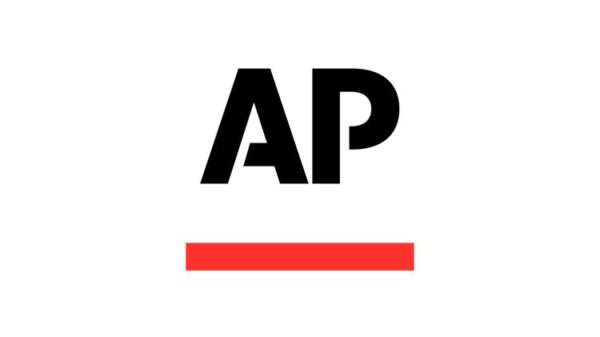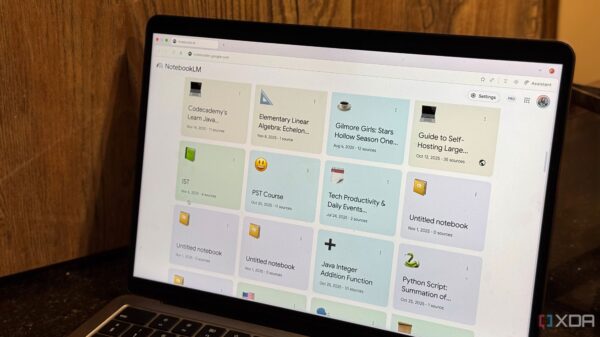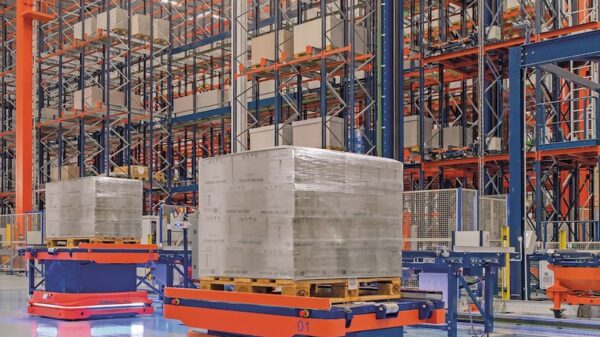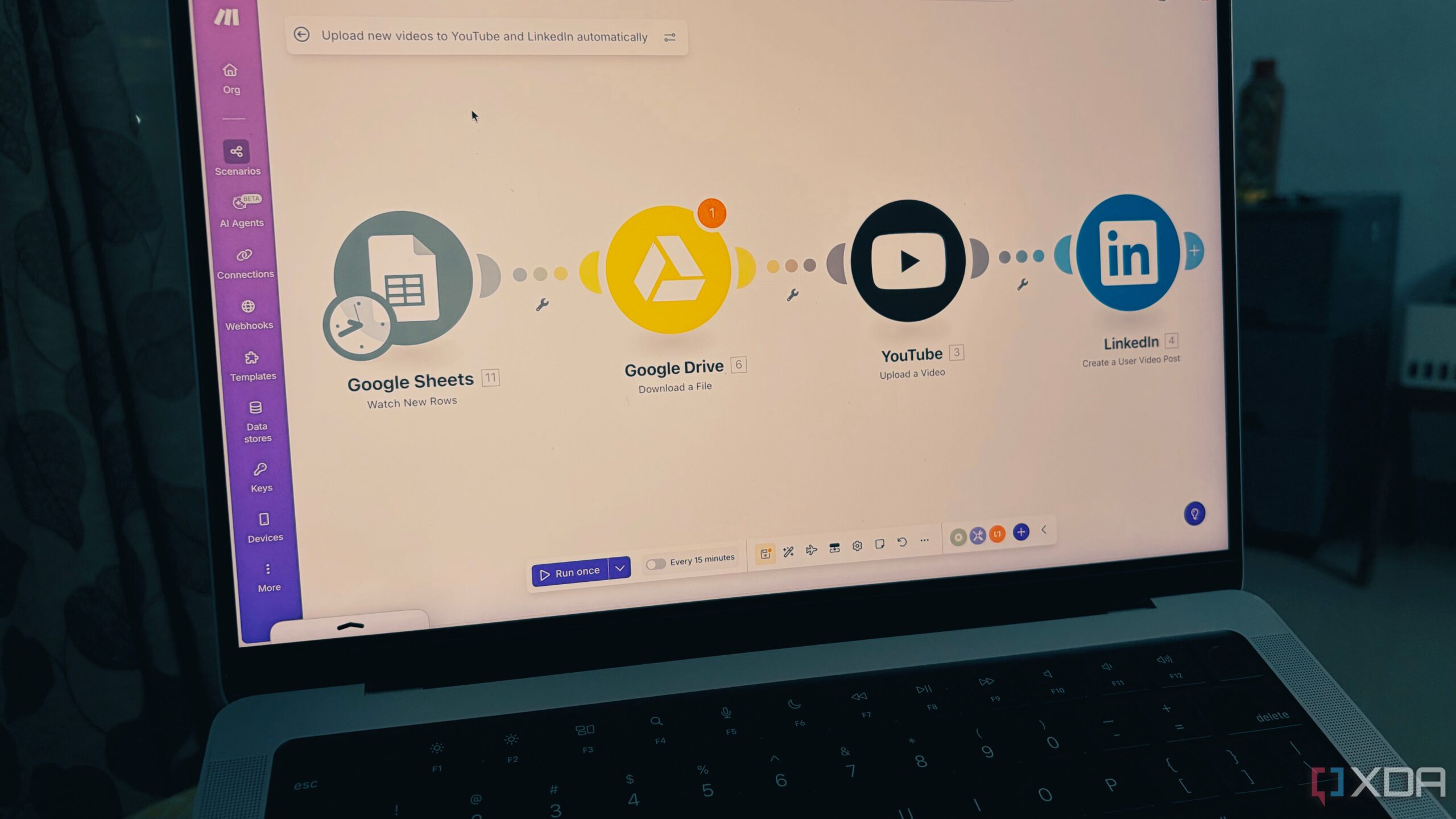URGENT UPDATE: A significant shift in the automation landscape is underway as many users are moving from traditional platforms like Zapier and n8n to the innovative solution, Make. This transition is driven by the need for enhanced data handling and intuitive visual workflows, marking a turning point for businesses seeking efficiency.
Users report that Make offers a revolutionary visual canvas that simplifies complex workflows. Unlike the rigid structures of Zapier, which often lead to overwhelming text-based steps, Make presents a blank canvas where users can create a drag-and-drop map of their automations. This shift allows for immediate understanding and communication of workflows, a critical advantage in fast-paced environments.
With the switch to Make, users can monitor their automations in real-time. No longer confined to tedious debugging of text histories, they can view data flow visually. If issues arise, the system highlights errors immediately, enabling swift resolutions. This capability is crucial for businesses that rely on seamless operations.
As users dive deeper into the features of Make, they discover its extensive capabilities, surpassing those of Zapier. While Zapier may boast a larger number of app integrations, Make provides a far richer interaction with apps’ APIs, allowing users to perform over 80 actions compared to Zapier’s 20-30. This depth means that complete, two-way automation systems can be constructed without convoluted workarounds.
The economic advantages of transitioning to Make are also significant. Zapier’s pricing model charges per task, leading to skyrocketing costs for complex workflows. For instance, a single workflow running 1,000 times a month could consume upwards of 10-15 tasks each run, dramatically increasing expenses. In contrast, Make offers a more generous pricing structure, enabling users to manage their operations more efficiently and cost-effectively.
For those seeking to boost their automation capabilities, Make is proving to be a game-changer. Its features, including superior error handling and powerful templates, empower users to not only work faster but also build smarter solutions. Templates like the ChatGPT-powered Telegram bot provide robust starting points that include complex logic and error management, enabling rapid customization.
As this automation revolution unfolds, users are encouraged to explore Make’s capabilities. The platform promises to fill the gaps left by traditional tools, offering a unique balance of usability and advanced functionality. For those who want an alternative, Activepieces emerges as another option worth considering.
In summary, the transition to Make is reshaping the automation landscape, responding to evolving operational needs with urgency and efficiency. As users embrace this innovative platform, the time is now to reconsider the tools that drive your workflows. Don’t miss out on the opportunity to elevate your automation game—explore Make today!





































































